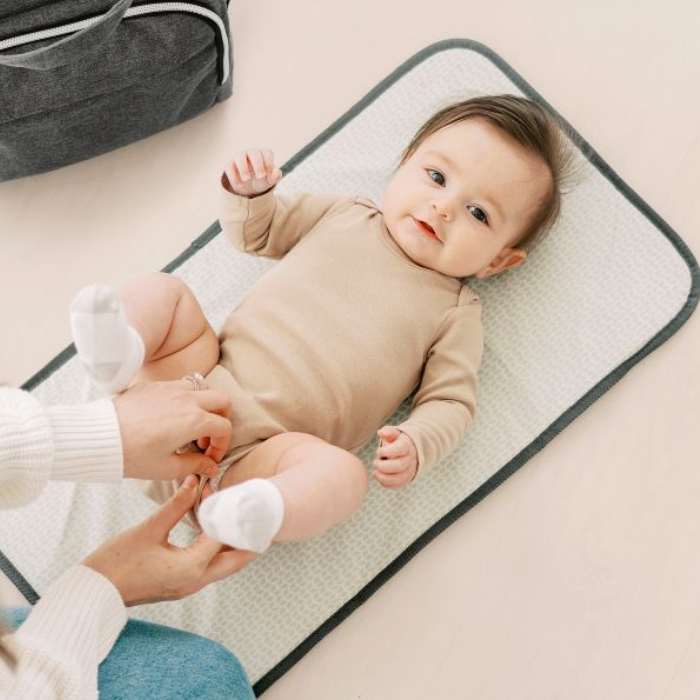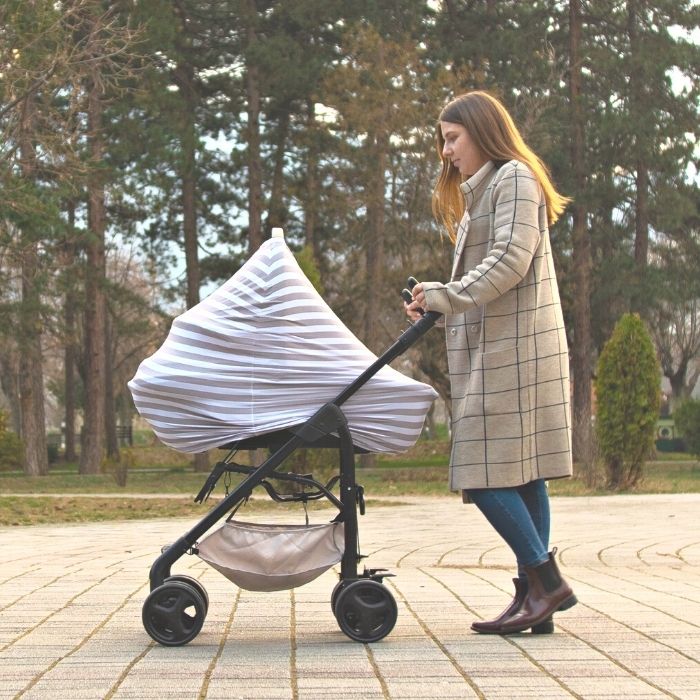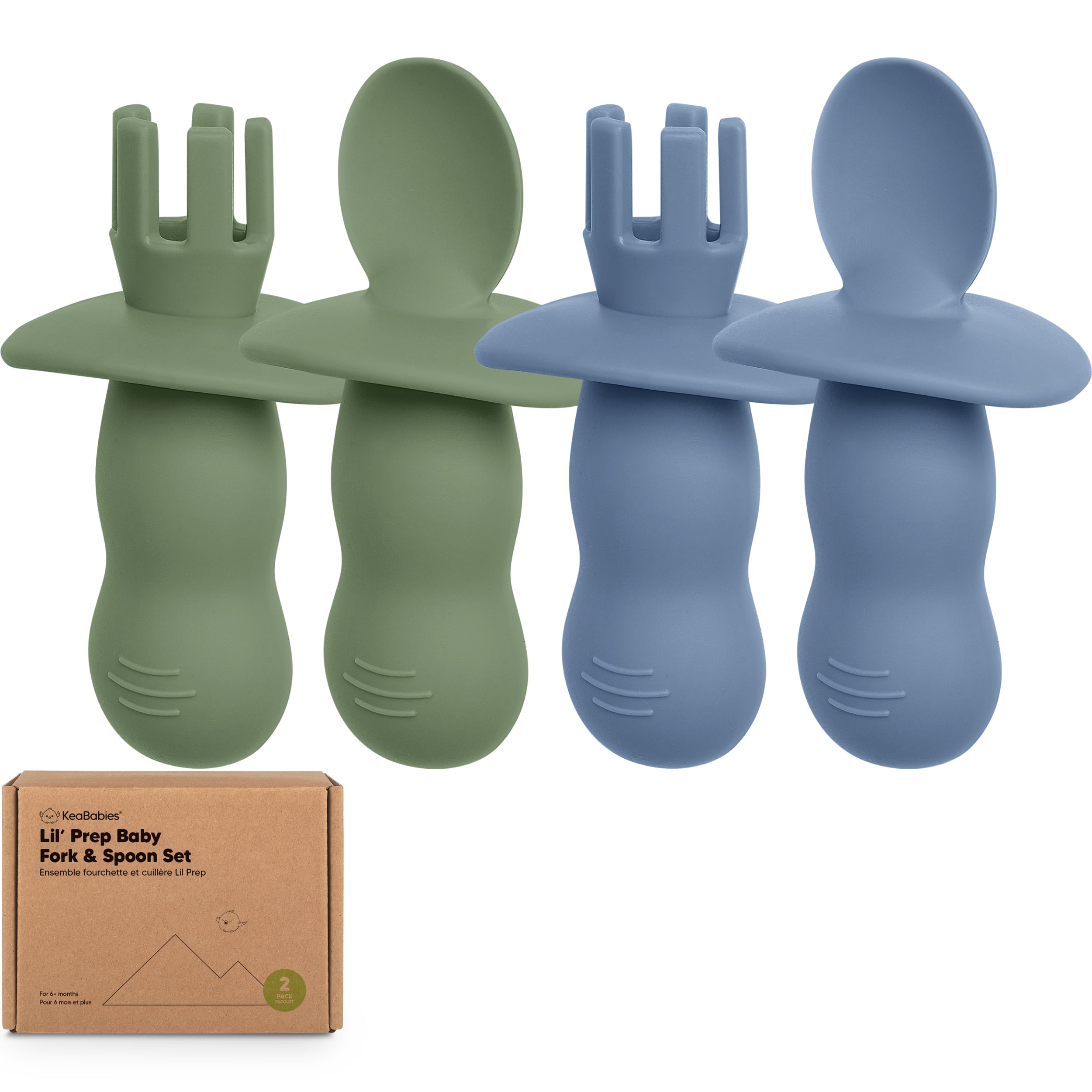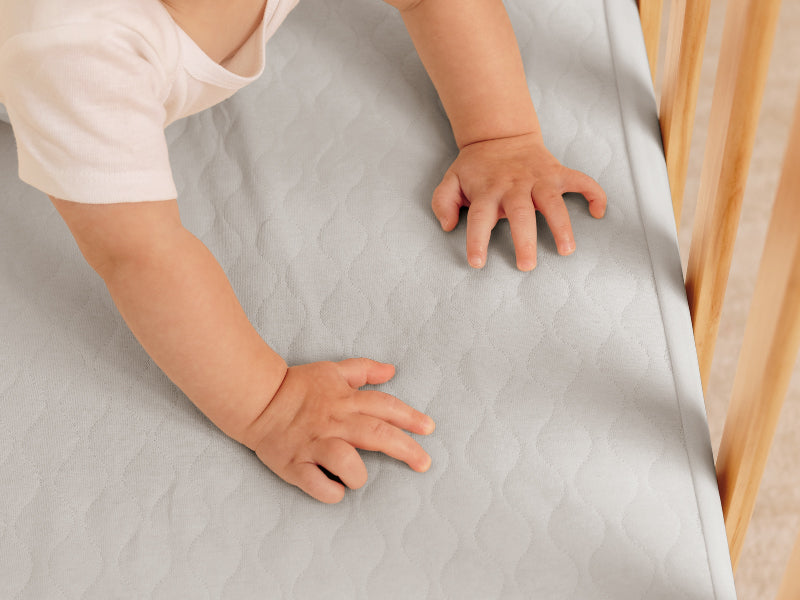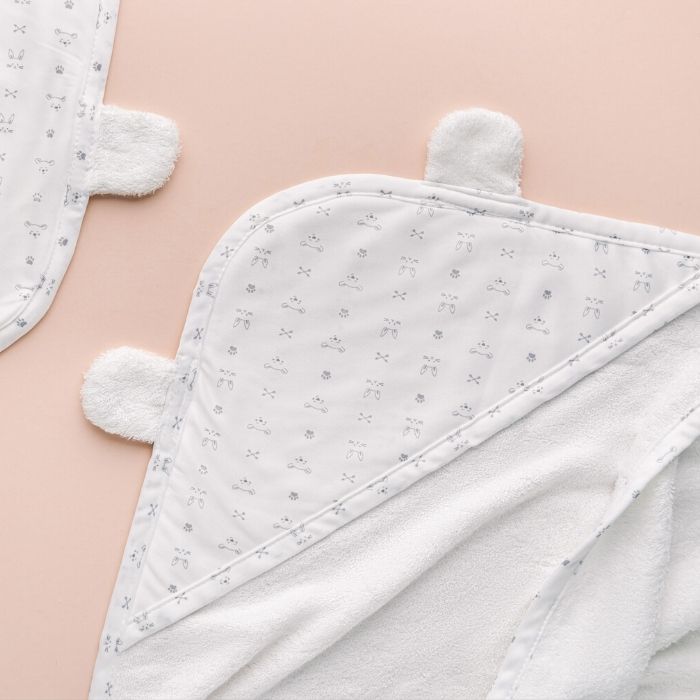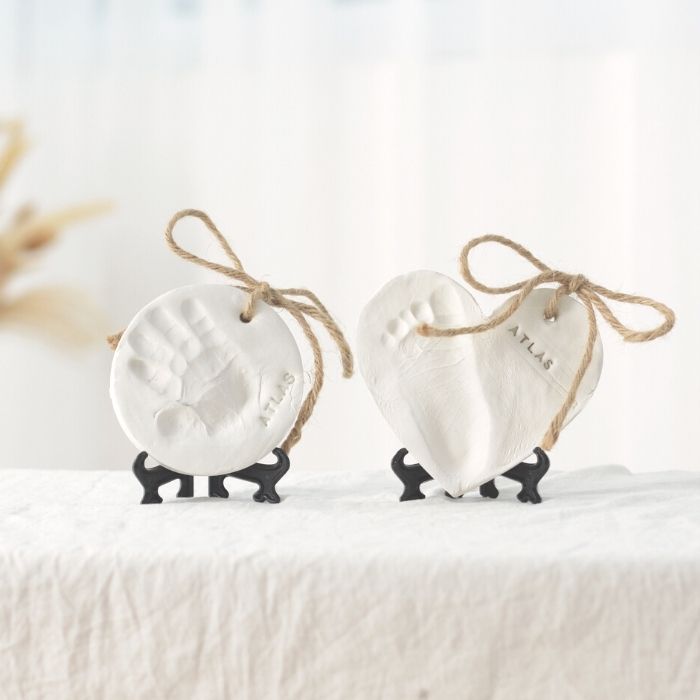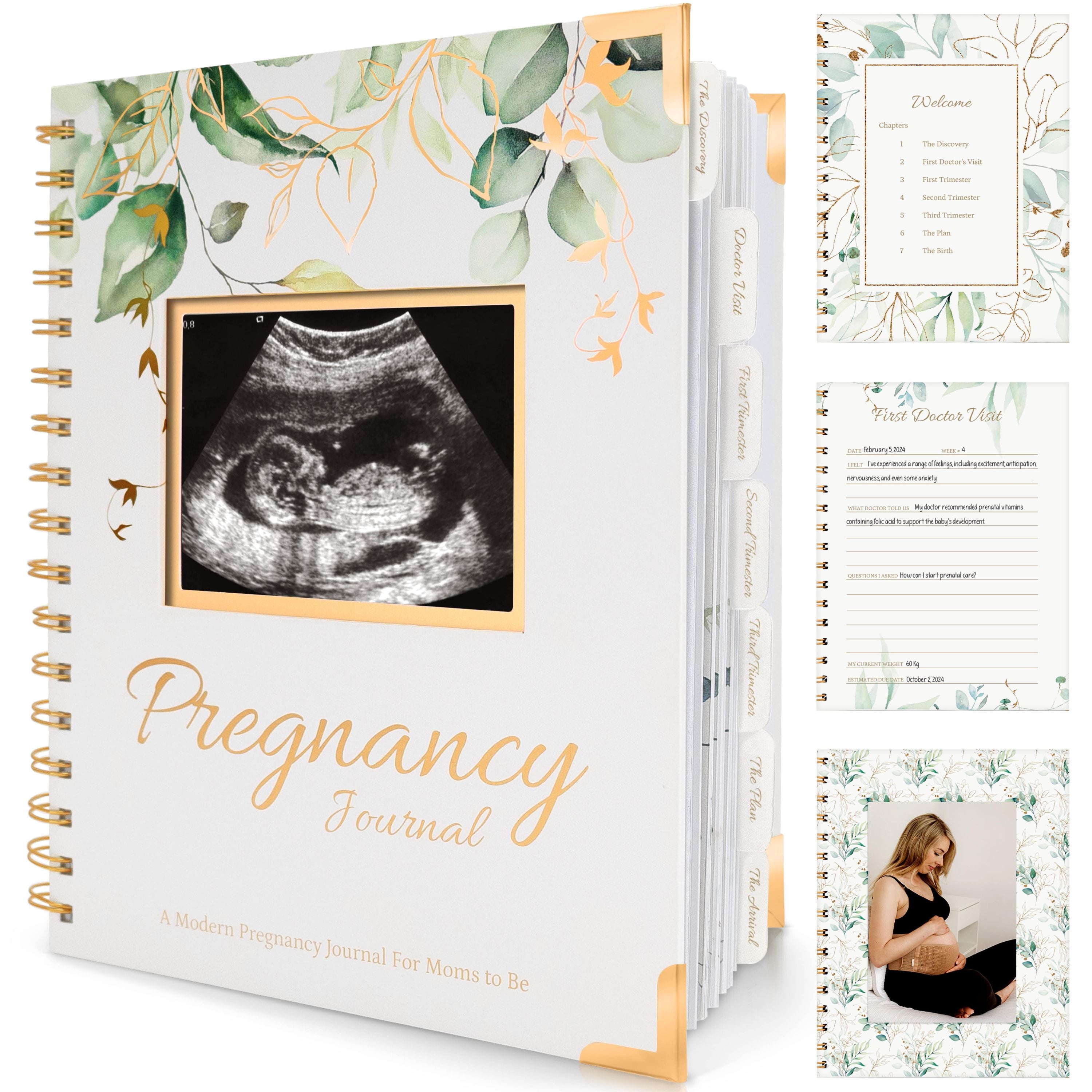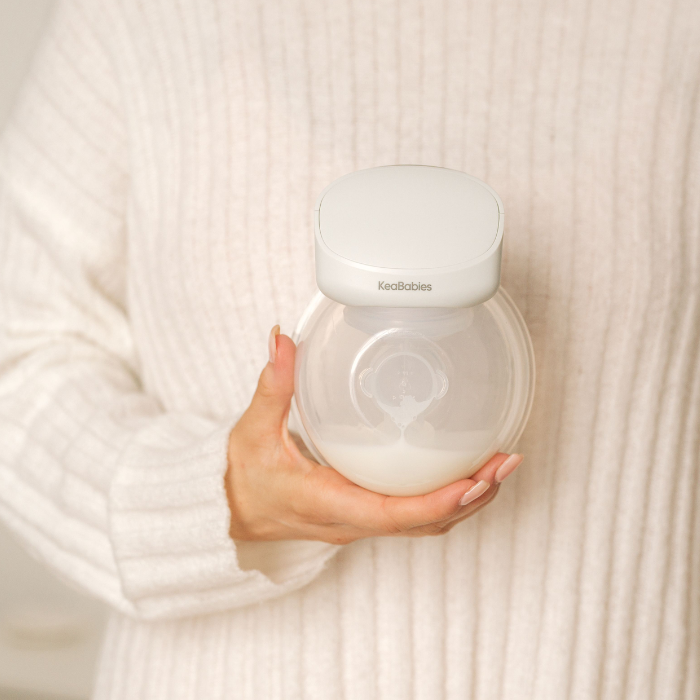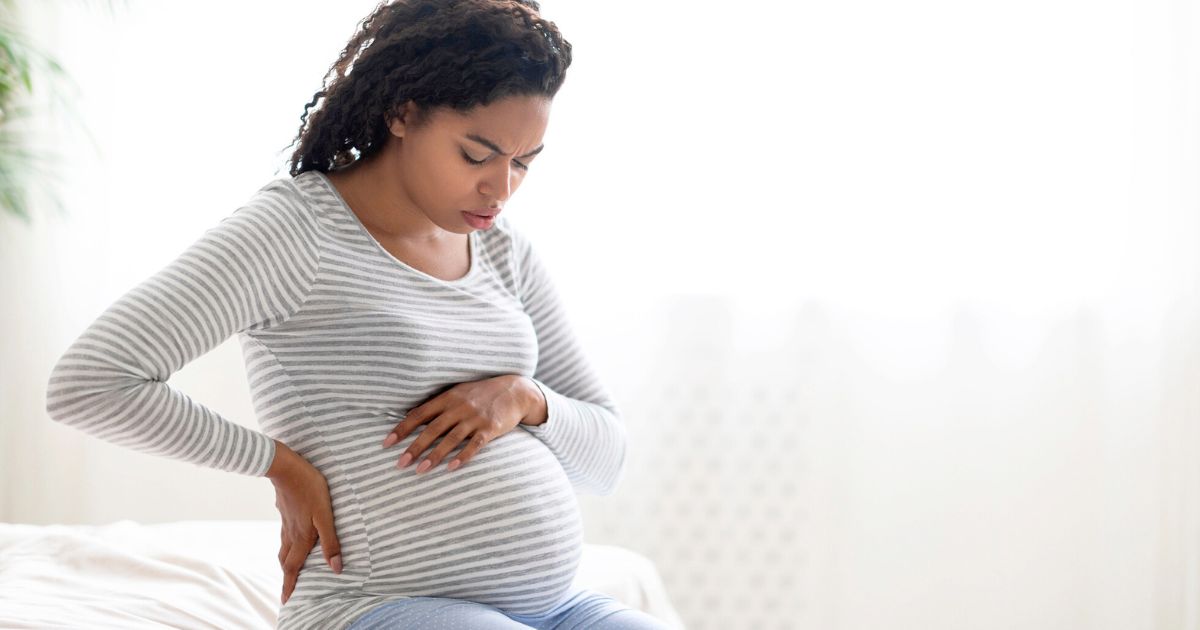
What Are Braxton Hicks Contractions?
Experiencing Braxton Hicks contractions is a completely normal part of pregnancy, but it can feel similar to labor contractions sometimes. Read on to learn all about how to deal with late pregnancy Braxton Hicks contractions, and how to determine when it's time to go to the hospital.
Late pregnancy can be a confusing time full of uncertainty and anxiety. Learn all about the difference between Braxton Hicks contractions and true labor, how to recognize "false labor," when to call your provider, and how to stay calm as your due date gets closer!
So, what are Braxton Hicks contractions, anyway?
Braxton Hicks contractions, often called practice contractions or false labor pains, are a normal part of pregnancy. These contractions are characterized by sporadic tightening and relaxation of the uterine muscle, which can feel like mild menstrual cramps or a gentle tightening in a specific area of the abdomen. Most women don’t notice them until the second or third trimester.
Unlike true labor contractions, Braxton Hicks contractions are irregular, non-rhythmic, and do not become stronger or more frequent over time. Instead, they come and go unpredictably, and are not a sign that labor has begun. These are simply your body’s way of preparing for the real thing, helping the uterine muscle get ready for the demands of labor. They are a common part of pregnancy, and while they can be uncomfortable, they are generally harmless and do not indicate that true labor is starting.
So, what are Braxton Hicks?
Although they can be uncomfortable, Braxton Hicks contractions are a typical part of pregnancy. They are often referred to as “false labor” pains. They include sporadic contractions of the uterine muscle, typically felt in the second or third trimester.
Braxton Hicks contractions are named after John Braxton Hicks, the physician who first described these painless uterine contractions. These contractions are the body’s way of preparing for true labor, but they do not indicate that labor has started. Unlike during true labor, Braxton Hicks contractions are not regular, non-rhythmic, and do not cause cervical dilation. You typically can’t time them at regular intervals. They can be uncomfortable, but are harmless.
Late pregnancy is a confusing and nerve wracking time for new moms. Many women mistake Braxton Hicks contractions for actual labor, leading to unnecessary worry about going to the hospital.
What Do Braxton Hicks Contractions Feel Like?
What do Braxton Hicks contractions feel like? These types of contractions are intermittent tightenings of the uterus that can feel like mild menstrual cramps or abdominal tightening. Some women notice their uterus tighten during these contractions, which may be triggered by activity, a full bladder, sexual activity, or dehydration.
They are a normal physiological response during pregnancy, caused by the uterus preparing the body for labor. These contractions tend to become more frequent and intense near the end of pregnancy, but they do not lead to labor or delivery.
Experiencing Braxton Hicks contractions is a common occurrence for many pregnant mamas, especially during the final trimester, and they can be uncomfortable but are rarely painful. Braxton Hicks contractions are also known as false labor pains, and they can be distinguished from true contractions by their irregularity and lack of intensity.
Each woman's experience with Braxton Hicks contractions can vary, with some feeling only mild discomfort and others experiencing more noticeable tightening.
What Are Some Causes and Triggers?
The exact causes of Braxton Hicks contractions are unknown, but common triggers include prolonged physical activity, an overfull bladder, sexual activity, and dehydration. These triggers may stress not only the woman’s body but also the developing fetus, increasing blood flow to the placenta for oxygenation. This increased placental blood flow helps support fetal circulation by ensuring that oxygen-rich blood from the placenta reaches the fetus.
Braxton Hicks contractions can also be caused by the uterus practicing for labor, and they may contribute to cervical softening. Other things that may contribute to the onset of Braxton Hicks contractions include fetal movement and changes in the pregnant woman’s abdomen.
Your bladder can also trigger Braxton Hicks contractions, so it’s both essential to stay hydrated and remember to empty the bladder regularly.
The Challenge: Distinguishing Between Braxton Hicks Contractions and True Labor Contractions
Braxton Hicks contractions are irregular, infrequent, and do not increase in intensity over time, whereas true contractions are regular, intense and painful, and become closer together.
True contractions can be distinguished from Braxton Hicks contractions by their regularity, intensity, and duration. You should be able to time actual contractions, and they will become progressively closer together as labor continues. Labor contractions occur at regular intervals, last about 60 seconds, and grow more painful, whereas Braxton Hicks contractions are irregular and more uncomfortable than painful.
Your healthcare provider can help differentiate between Braxton Hicks contractions and actual contractions through physical assessment and palpation of the pregnant mother's abdomen to feel for contractions. If you’re feeling more than usual discomfort, reach out to a healthcare professional to rule out whether anything concerning is going on.
Characteristics of False Contractions
Braxton Hicks contractions are characterized by a noticeable tightening feeling of the uterus, which can feel like a band or a belt around the belly. They can be uncomfortable but are typically not painful, and they tend to ease if you change positions or try changing position, as well as with walking or drinking water.
Braxton Hicks contractions can occur infrequently or frequently, and they may be accompanied by a feeling of pressure or discomfort in the lower abdomen. Unlike true contractions, Braxton Hicks contractions do not cause a significant change in the cervix or the uterus.
Braxton Hicks contractions can be a normal part of pregnancy, and they do not necessarily indicate that you'll have your baby soon. If it is your first pregnancy, it’s important to know what to expect!
Understanding Real Contractions
Actual contractions are intense and it is very common to feel pain with them. They are intense, regular, and become closer together over time, causing the cervix to dilate and the uterus to contract. These contractions might also be accompanied by a bloody show, back pain, and a feeling of pressure in the pelvis.
Actual contractions are a sign that your baby is coming soon, and they require immediate medical treatment if they are intense, frequent, or accompanied by other symptoms - like your water breaking. A doctor can help determine whether contractions are true contractions or Braxton Hicks contractions, so be sure to contact someone if you sense a noticeable change.
Labor Contractions
Contractions are a natural part of pregnancy, and they play a role in the delivery process, whereas Braxton Hicks contractions tend to prepare the uterus for delivery. Labour contractions are essential for childbirth, as they help the cervix dilate and the baby move through the birth canal. Expectant mothers should know the signs of labor and call your doctor if they experience frequent or strong contractions.
A doctor can provide guidance on how to manage contractions and ensure a safe delivery. Braxton Hicks contractions can sometimes be mistaken for real labor in some pregnancies, especially for first-time mothers. Women should also be aware of the risks of preterm labor and seek help if they experience any symptoms in the second trimester.
When to Go to the Hospital
While Braxton Hicks contractions are a normal part of being pregnant, it’s important to know when to reach out to your healthcare provider. If you experience any vaginal bleeding, fluid leaking from the vagina, severe abdominal pain, or a drastic change in the baby's movement, you should contact your doctor.
If you are unsure whether you are experiencing Braxton Hicks contractions or true labor contractions, don’t hesitate to contact your healthcare provider. They can help assess your symptoms and determine whether you need to be seen for further evaluation. Remember, it’s always better to err on the side of caution when it comes to your health and your baby’s well-being. Trust your instincts—if something feels off or you’re experiencing pain that is different from your usual Braxton Hicks contractions, reach out for guidance and support.
Consulting Your Healthcare Provider
Pregnant mothers should consult a doctor if they experience any symptoms that may indicate labor, such as intense contractions, vaginal bleeding, or fluid leakage. They should also consult a healthcare provider if they have any concerns that might require immediate medical attention. Each woman's experience can be very different.
A healthcare provider can help determine the best course of action and provide reassurance and support. Regular prenatal check-ups can help identify any potential issues and ensure a healthy delivery.
Managing False Alarms
Braxton Hicks contractions can cause false alarms, and pregnant moms may go to the hospital unnecessarily. Try changing positions, taking a warm bath, or practicing breathing exercises.
Staying hydrated and emptying the bladder regularly can also help reduce the frequency and intensity. A doctor can provide guidance on how to manage contractions and reduce the risk of false alarms.
Braxton Hicks: Preparation for true contractions.
The good news? Braxton Hicks contractions aren't anything to fear. Knowing what to expect when it comes time for real labor can help empower moms and alleviate anxiety at the end of the pregnancy.
Practice contractions are a natural and essential part of the process, serving as your body’s way of preparing for delivery. By learning how to differentiate Braxton Hicks contractions from true contractions, you can avoid unnecessary worry and feel more confident as your due date approaches. If you find yourself experiencing Braxton Hicks contractions, try practicing breathing exercises, taking a warm bath, or changing positions to ease any discomfort.
|
|
Meet Our KeaMommy Contributor: Kaitlyn Torrez I’m Kaitlyn Torrez, from the San Francisco Bay Area. I live with my husband and two children, Roman and Logan. I’m a former preschool teacher, currently enjoying being a stay at home mom. I love all things writing, coffee, and chocolate. In my free time, I enjoy reading, blogging, and working out. |




